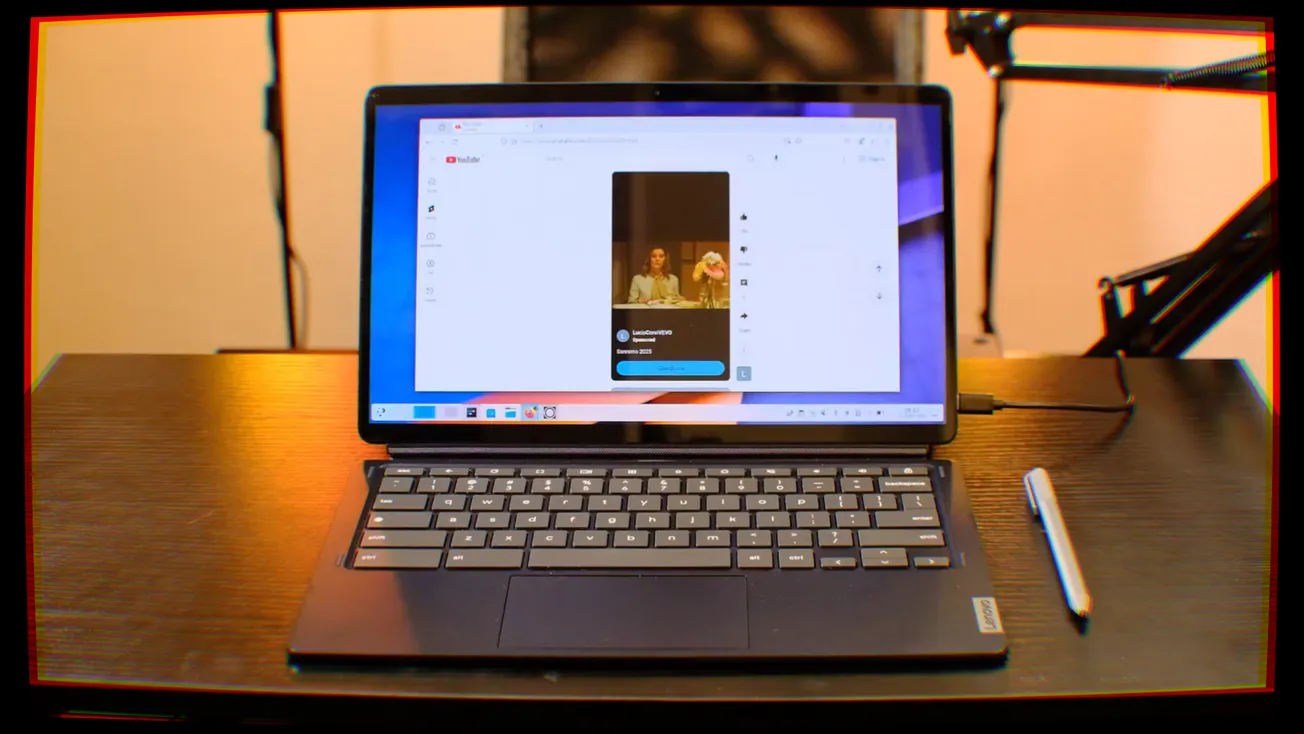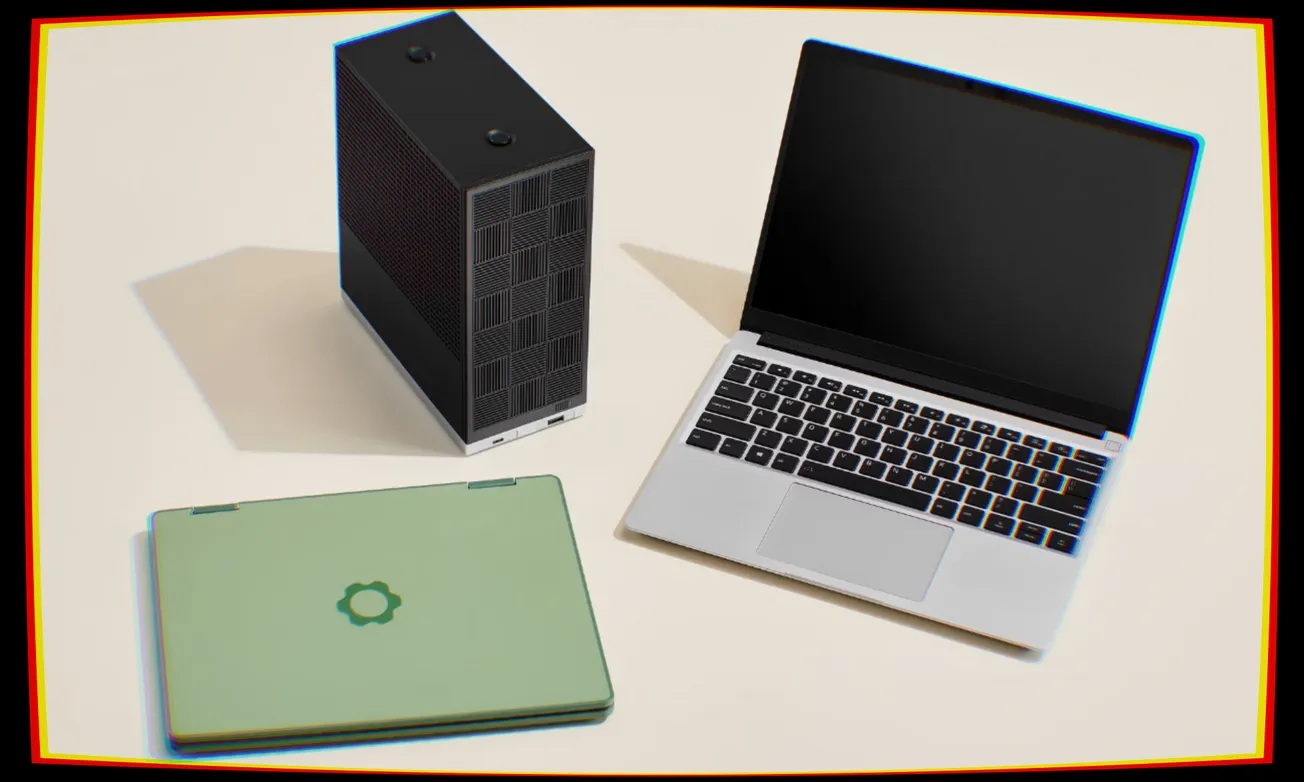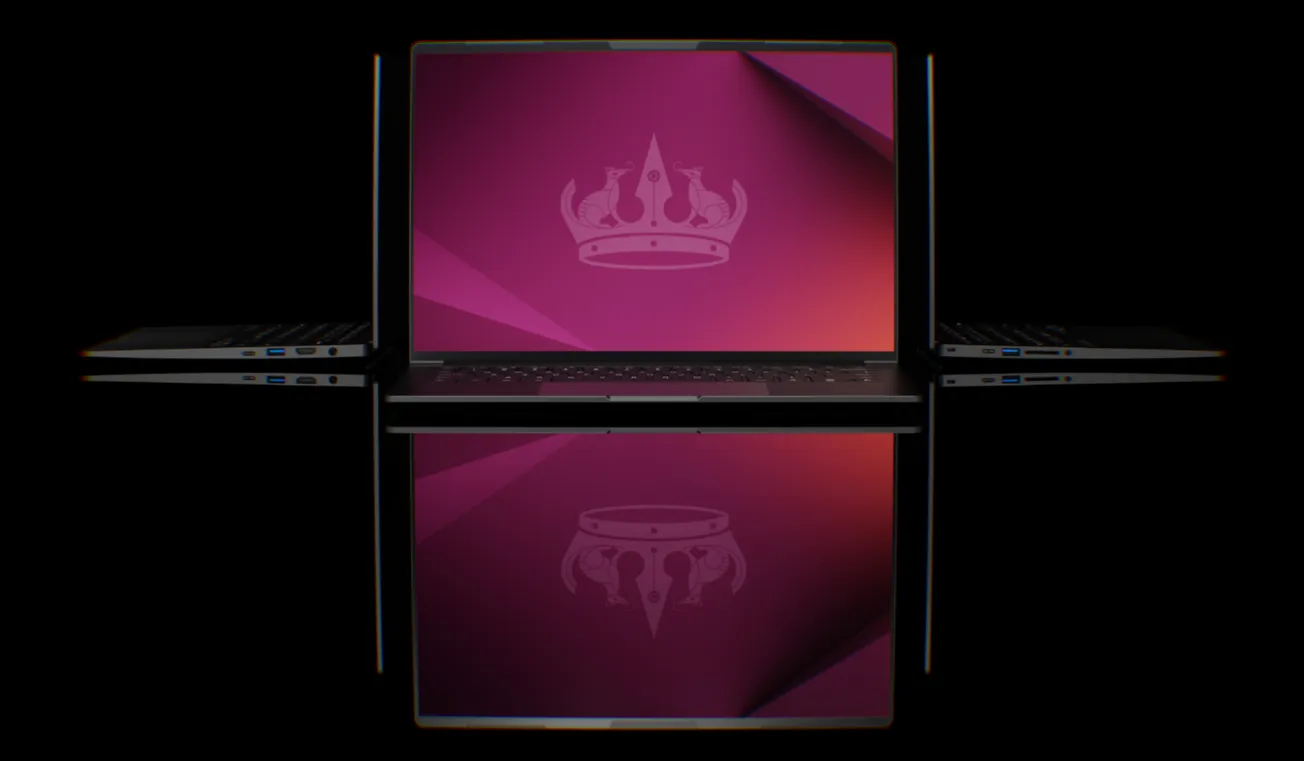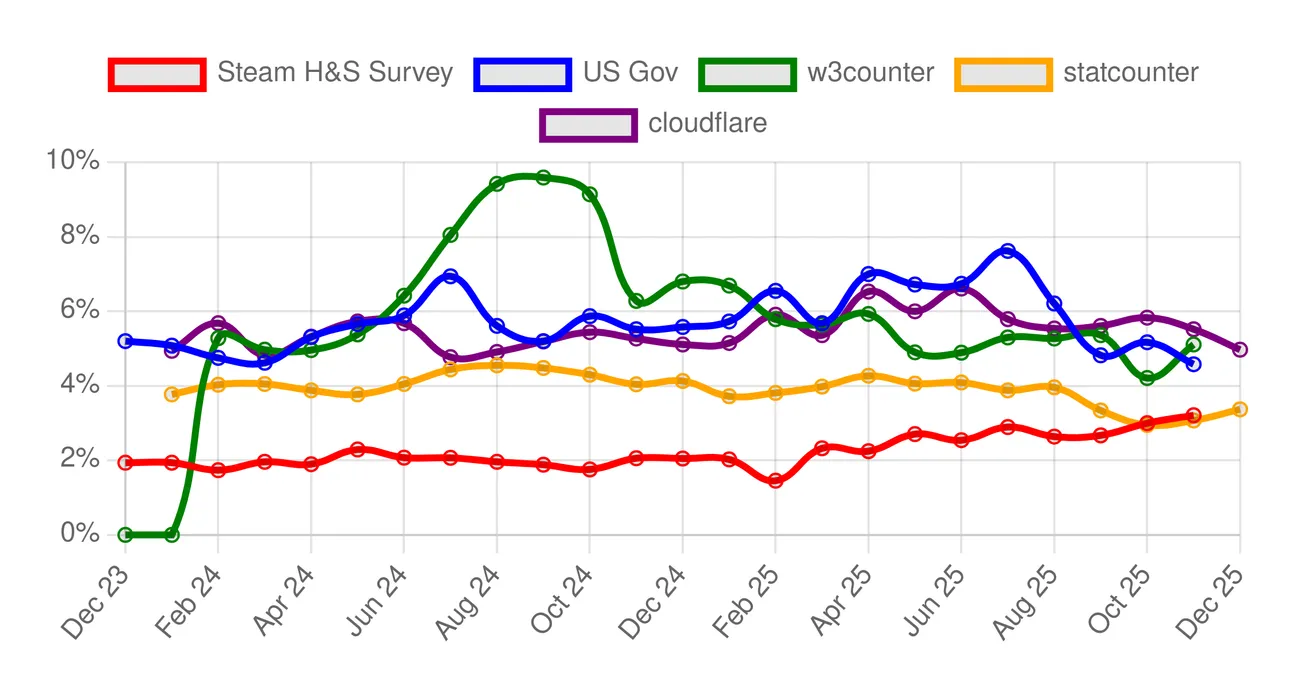Table of Contents
Hi, and welcome back to the never-ending journey of finding Niccolò's perfect laptop. Sadly, I have not found it yet. But I have something that gets close to show you.
This is the Lenovo Duet 5. It's out of stock, so don't rush to buy it, but you can get one for a few hundred bucks on eBay. I have mentioned this device previously on this channel, but I have some new updates.
Let's talk software. This thing ships with ChromeOS out of the box, which is a dealbreaker. I could not use it for actual productivity tasks, or work. Which is why I would only ever bring it out to watch movies and maybe write some stories. That's it.
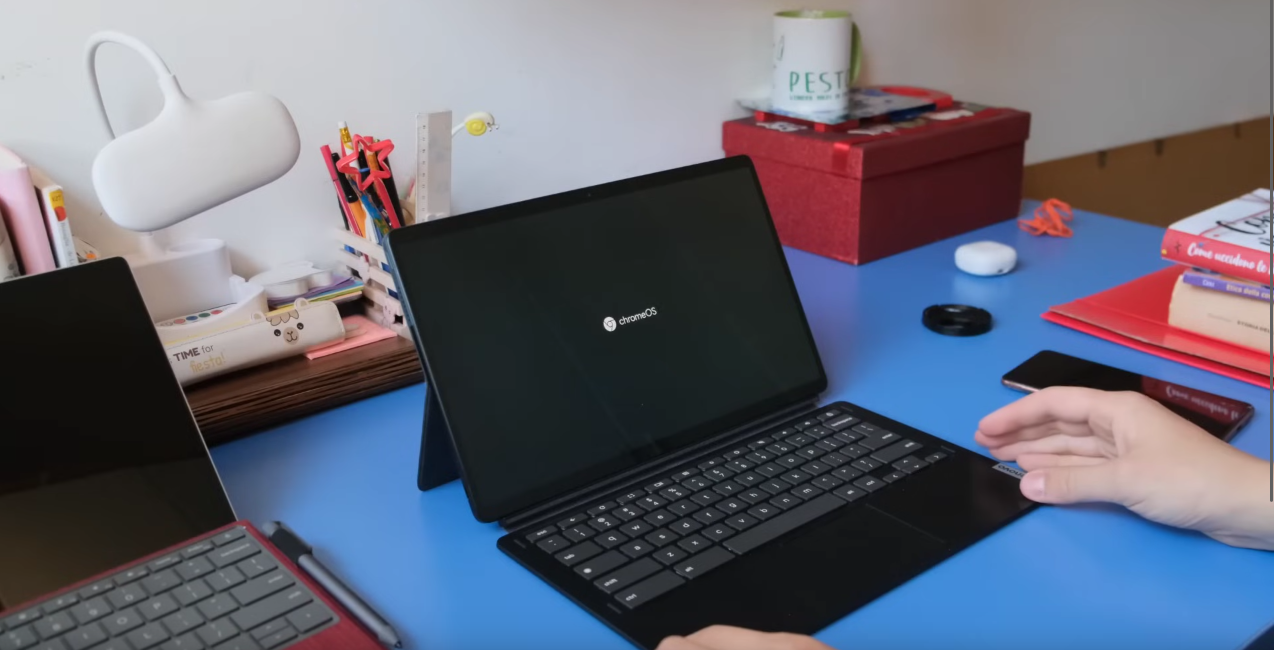
However, I was contacted on Telegram by a user called Jules Berre (I'm sorry if that's not how it's pronounced) who explained that I could run native Linux on the Duet, and he assured me that it would run very well and with almost everything working out of the box. Needless to say, knowing how these things go, I did not believe him. I was wrong.

The first step was to enter developer mode, which you can do from the bootloader. This is quite easy, but it does trigger a complete factory reset – that's fine by us since we'll replace ChromeOS with Linux anyway.
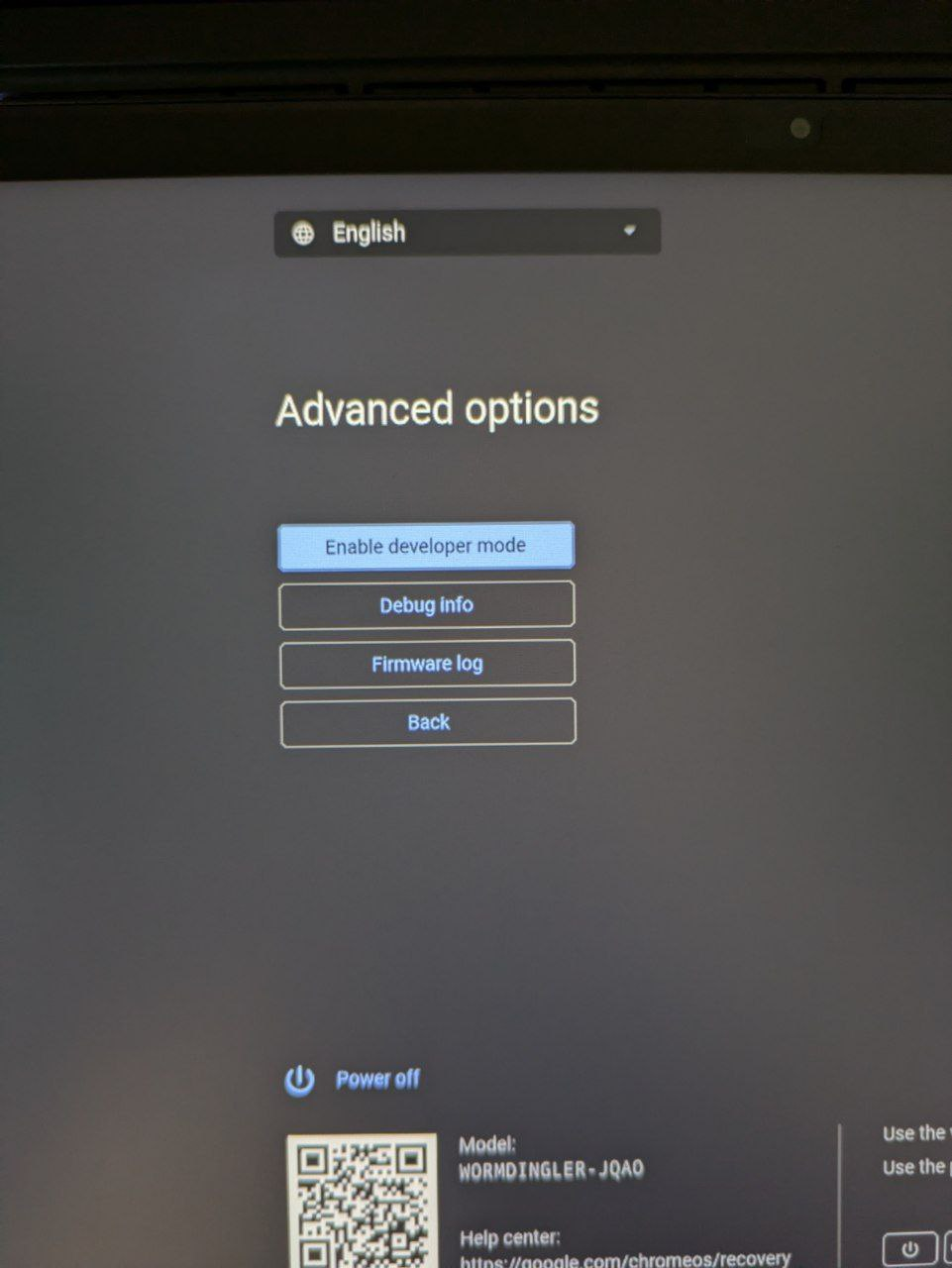
Then, I downloaded the PostmarketOS image for my device, codenamed Trogdor. This was the hardest step in the whole process, as the download kept failing due to connectivity issues, and I had to repeat it multiple times.
But when I finally had a correct checksum on the image, I flashed a USB stick, connected it to the Duet, selected "boot from external drive", and - voilà - Plasma 6 was running before my eyes. And immediately I was like, no way. And the Duet was like, way.
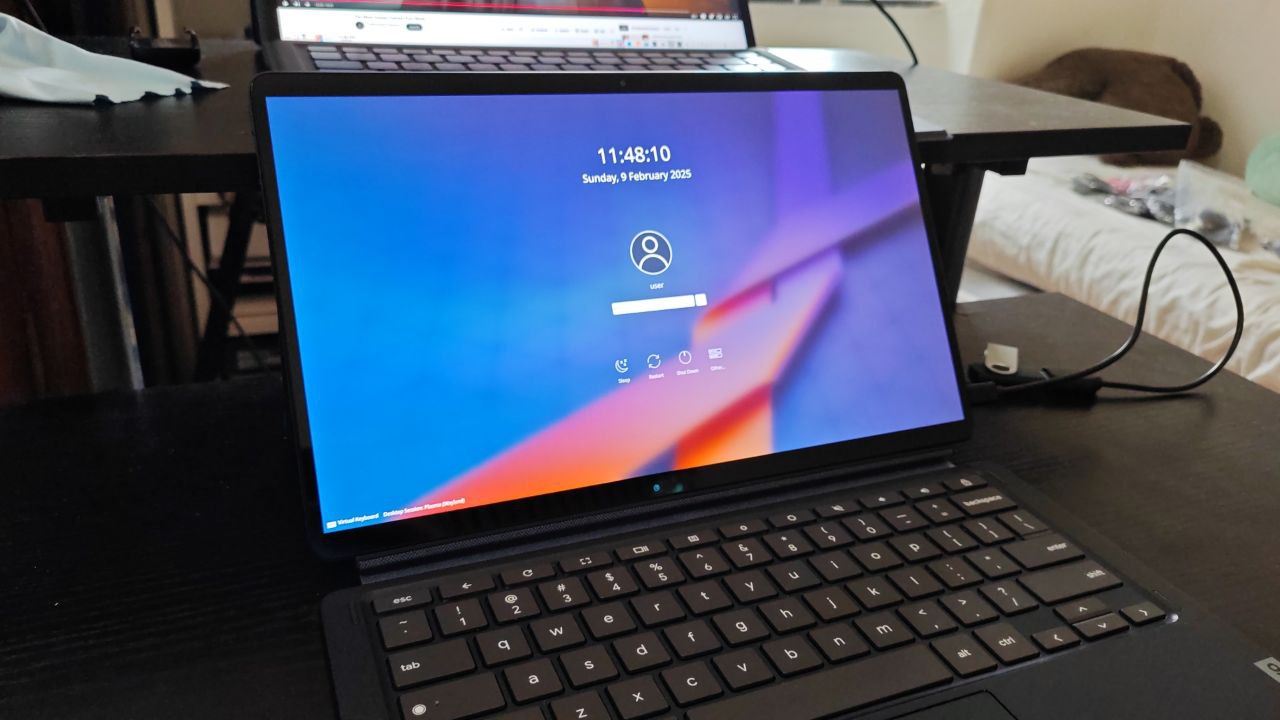
I started running my checklist of what worked on what didn't, out of the box. Touchscreen, keyboard, and touchpad – including touchpad gestures? Check.
Okay, but what about stylus support? Check. Mmh, pen pressure levels? Check. I could just open Xournal and start writing without missing a beat. Even better, the palm rejection worked much better compared to ChromeOS, rendering this an actually good device for notetaking on the go.
Next up, is connectivity. Wi-Fi? Check. Bluetooth? Check. All systems go.
Okay, but what about the tablet mode support and such? Most devices fail here. Well, not this one: not only touchscreen work out of the box, but when detaching the keyboard the tablet will immediately enter tablet mode - meaning that all the icons become bigger and easier to click - and autorotation also just works.
For some reason, this shipped without any touchscreen gesture out of the box, but as soon as I set one up in settings, I could also access the Overview and drag and drop windows around in the blink of an eye. Switching desktops with three fingers also works.
Finally, for tablet mode, the virtual keyboard does come pre-installed, but it's disabled out of the box. I'm not sure why. As soon as you enable it, it works perfectly, and you can toggle it on/off in the System Tray. Check, check, check.
I feel like these messages are pretty representative of the emotion I was going through: I was just, like, woah, this actually works? I can't believe it! And Jules is like, dude, I told you.

Battery life is also fantastic. Though this is a used device, and I'm always keeping it a full brightness, and I was even running various tasks in the background, the battery applet would regularly show a 10 to 12-hour estimated lifespan. I will have to do some testing to see how that translates in real life, but it already sounds great.
Also, if you close it, it goes to sleep. I had not used this device for four days before writing this review - look, I was busy - and it has only lost about 25% charge since Sunday. Which is roughly 6% a day, or a battery drain of 0.25% an hour. Out of the box. If this does not sound exciting, my main device drains 25% in a few hours. It has a terrible battery, but still, that's impressive.
This is where I started noticing a few issues. Firstly: the webcam is not supported. If you know anything about making Linux run on these ARM devices, you are aware that this applies to almost any device, as sad as it might be.
Secondly, no audio output is recognized. I've been told that this is supposed to work, so it might be just my setup that's broken. But still, I'm trying to evaluate this laptop out of the box, and I can't play audio. (But headphones work just fine).
Oh, and the volume rockers on the device work out of the box too. That's a nice detail that you can't rely on. The power button also does put the device on standby, and you can wake it up pretty quickly.
Finally, it seems like libinput is misconfigured a bit, and I can only trigger four-finger gestures sometimes. Other times, it starts scrolling instead. This is not amazing, but it could probably be fixed too.
But, apart from these few issues - the only one of which that can't be solved is the webcam - this is a perfectly working device that I could use to run any Linux application, take notes with the pen, compile KDE to do development, write articles, yadda yadda.
But would I want to do those things? How's the device? It does come with 8Gb of RAM, which is not plenty but good enough for me, and a Snapdragon™ 7c Gen 2 plus a Qualcomm Adreno as the GPU. This is probably the only weak spot of this machine: it's overall a bit laggy here and there and it won't perform power-intensive tasks very well.
According to CPU Monkey, my main device has roughly a five time better single multi-core performance and three times higher score in Geekbench. To be clear, this does not render the Duet unusable by any means, it's just not a very fast laptop.
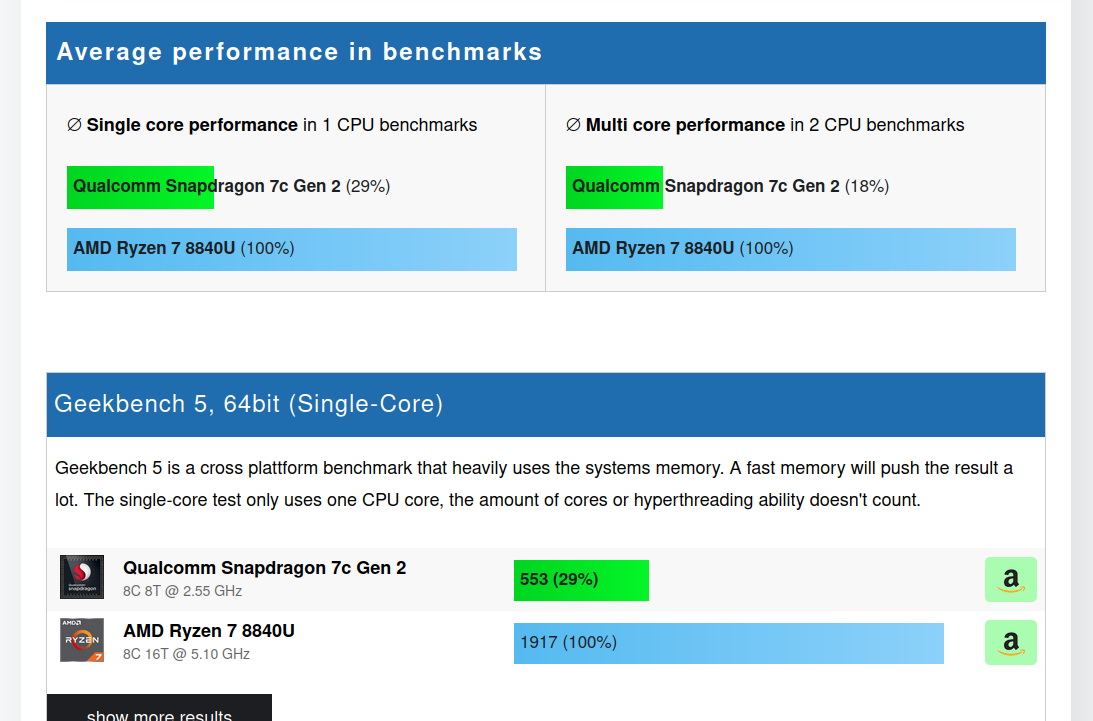
However, it does pack a few punches here and there. Firstly, it has a gorgeous - and I mean gorgeous - 13inch FHD OLED display. It's bright, the bezels are very slim, it's a joy to use and to watch content with.
My biggest ever regret was to accidentally scratch the display on the top-left corner. I'm so annoyed by this that I'm quite tempted to just go ahead and buy an entirely new Duet 5 since they're very cheap anyway. Like, look at here. Aaaah.
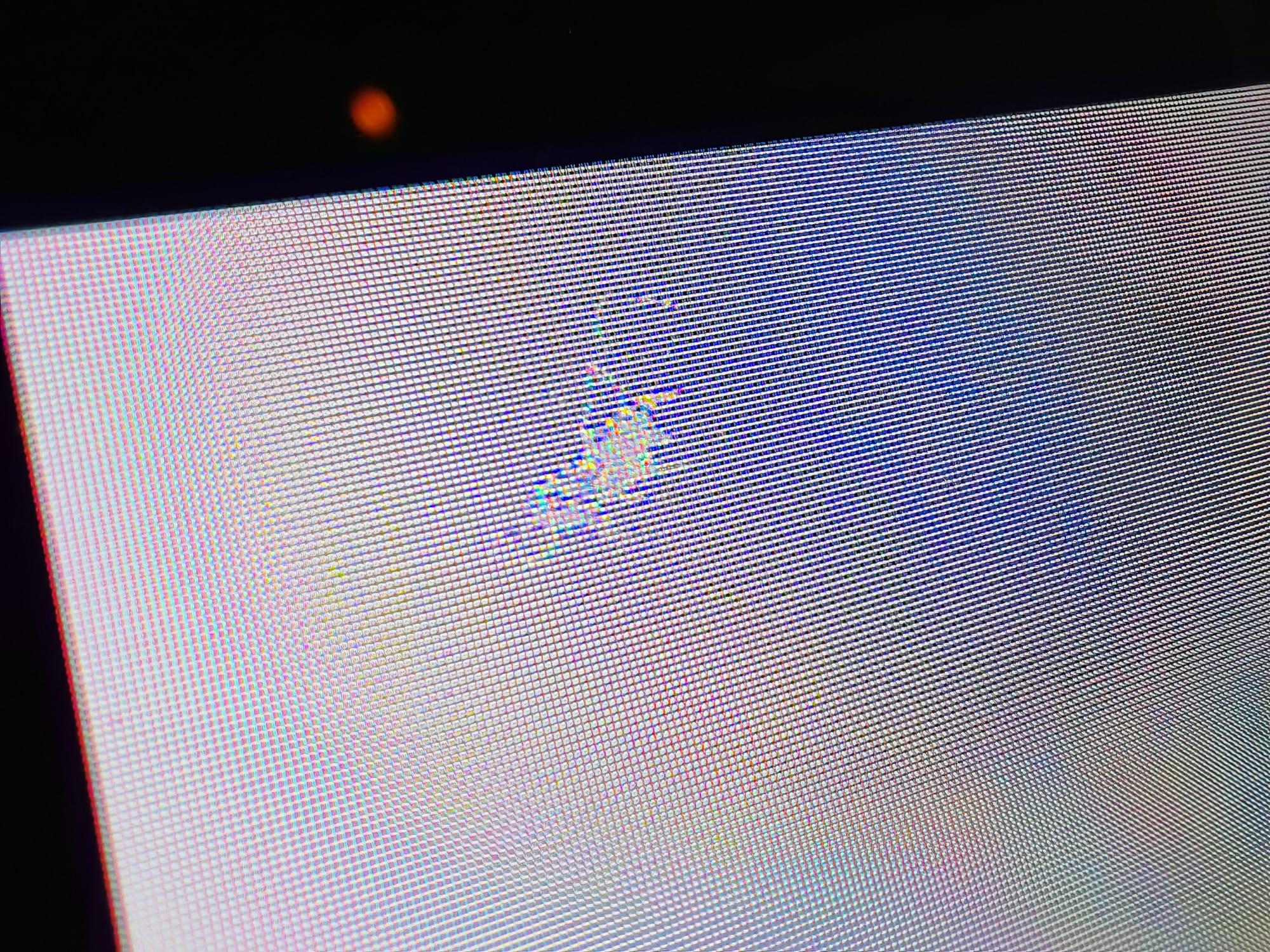
Another upside is that it's quite thin, small, and lightweight. It only weighs 700g, and is 7mm thick, which is less than my phone. When you use it as a tablet, it feels like it's meant to be a tablet; my Minisforum is always a bit too big to use comfortably and has some excessive bezels. Not a fan.
The device does not come with a pen holder, but you can easily print one with any 3D printer, and that works pretty well. Finally, and this is my biggest design criticism, the keyboard is good but it lays flat on the table. I would highly prefer for it to magnetically attach under the screen to stay at a given angle.
So, what's missing? Why am I not using this as my main and only device, webcam and performance aside?
Well, what I did not mention is that so far I'm using everything in a live session from the USB. It's nice, and it works, but apparently, I did mess up a step of the installation process; it looks like ChromeOS wanted to do some system upgrades when I tried to install PostmarketOS on the device. Now, when I try to boot from internal storage, I get a message "Your device is being updated", but it can't update, so that fails, and throws me back at the bootloader. Sad. I'm working on it.
If you consider that this is something you can get for a few hundred bucks, depending on where you live, it's honestly a steal. I'm seriously happy that I have bought this device, and - as soon as I fix the booting problem - I can't wait to use it to do research, write articles, and do some development on the go.
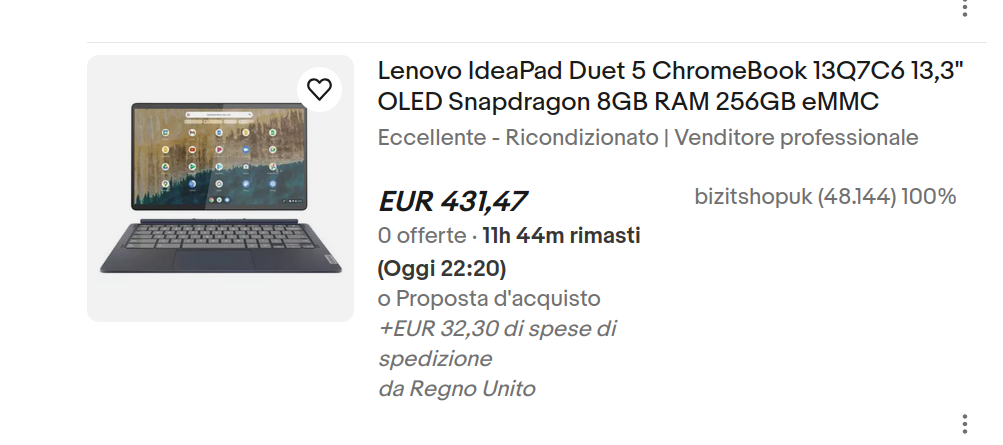
Lately, I quite dislike my main Minisforum v3, so this is definitively my favorite Linux laptop(-ish) right now.


